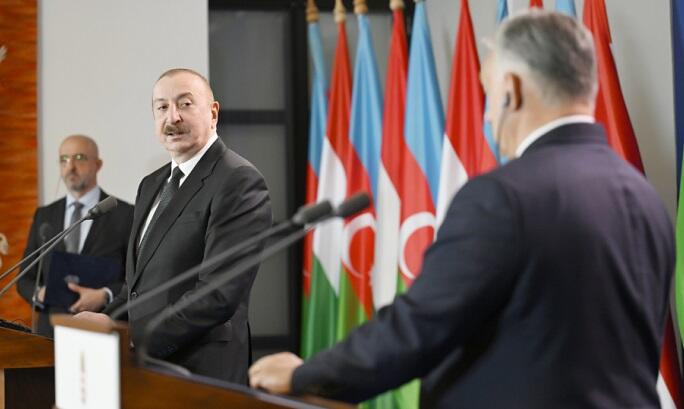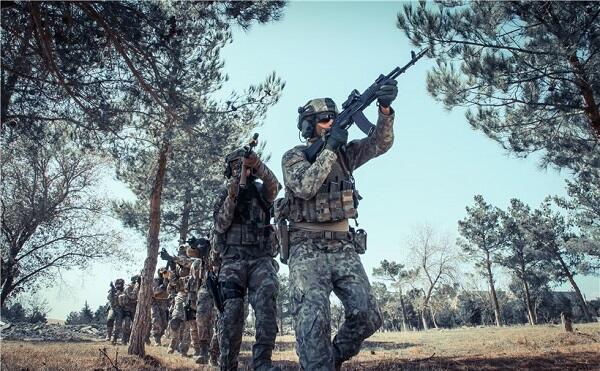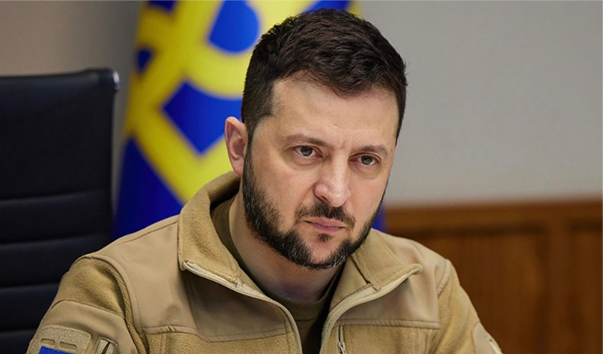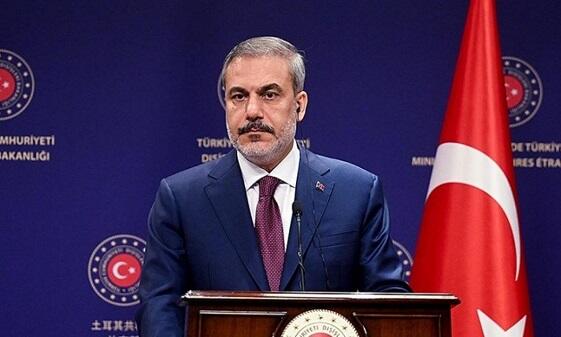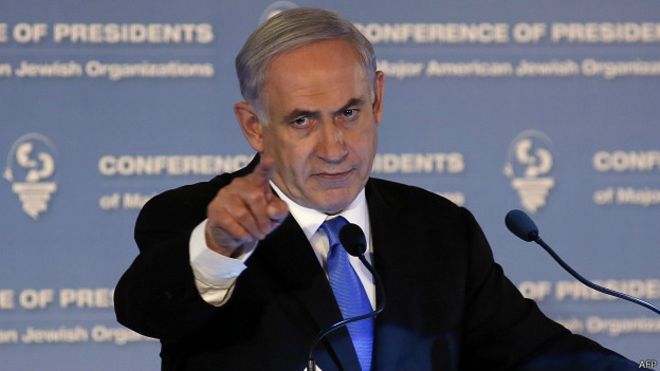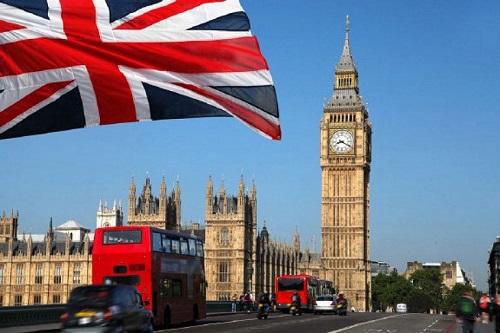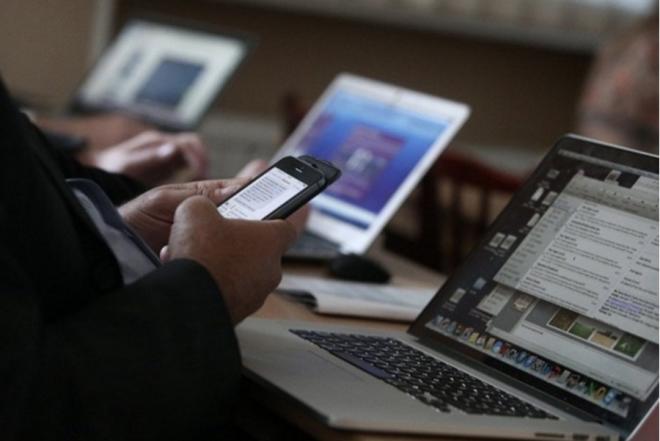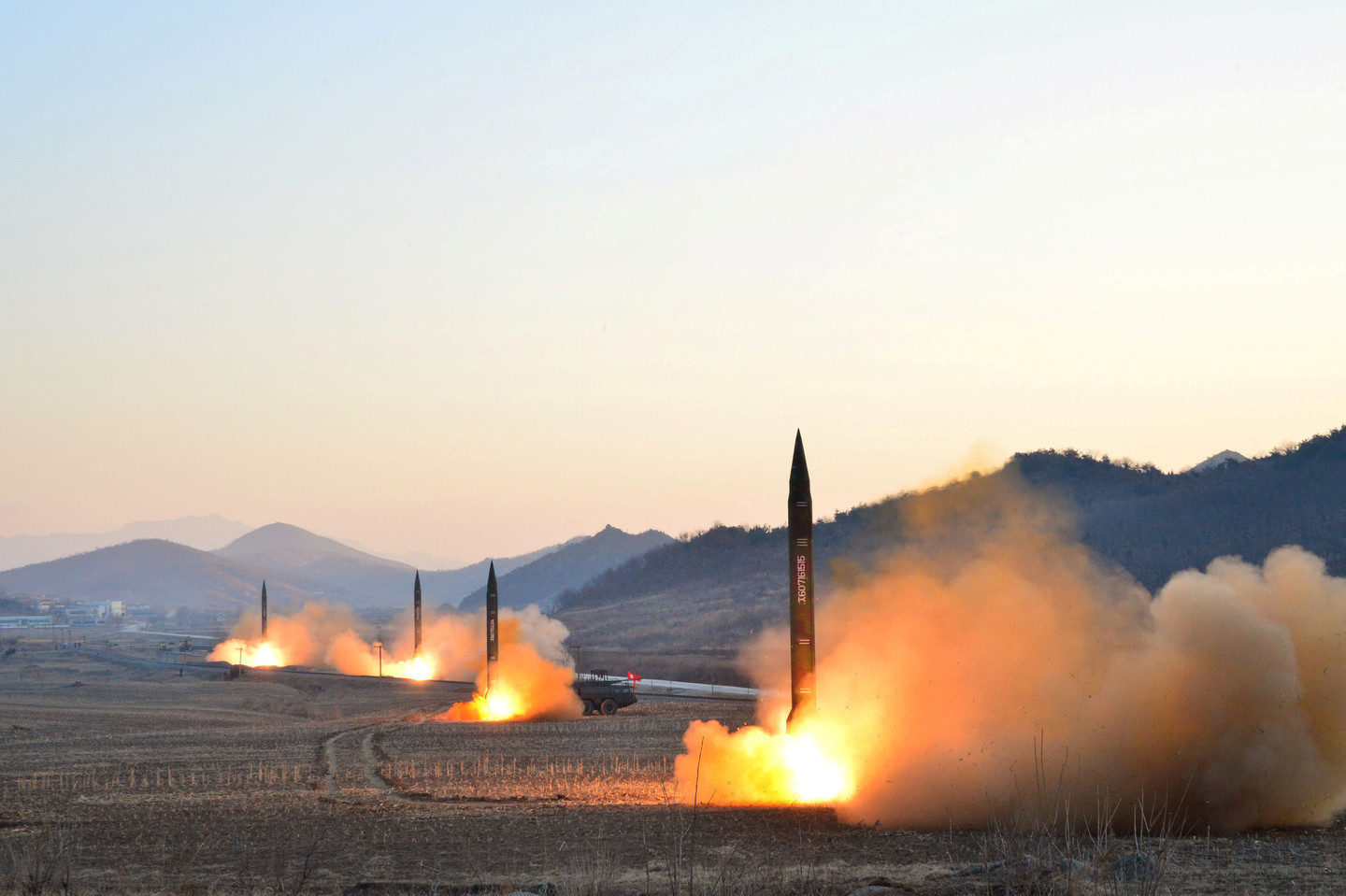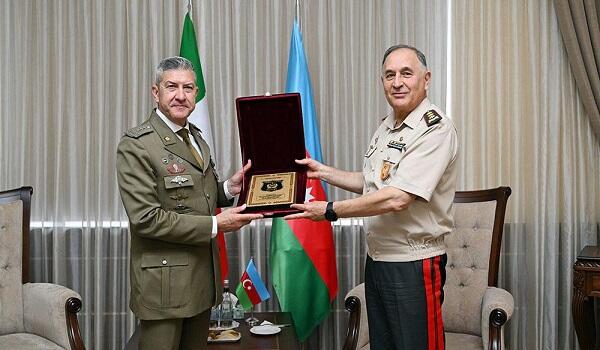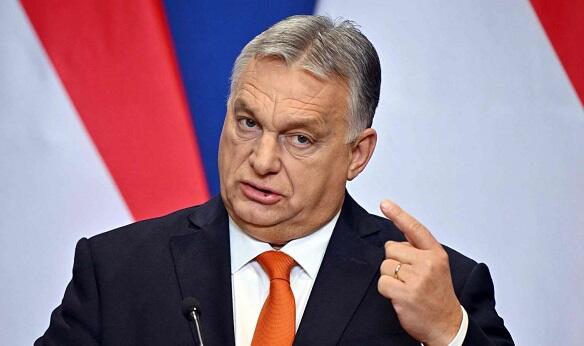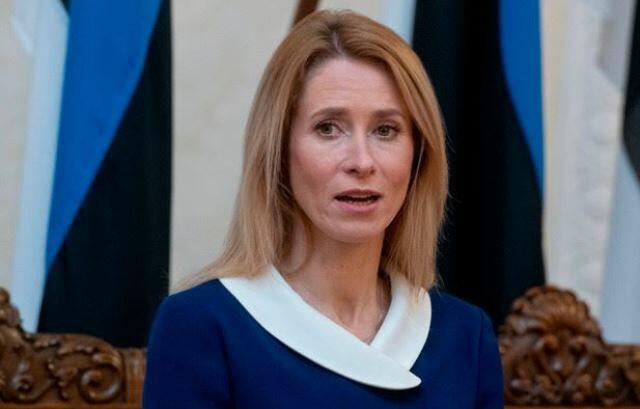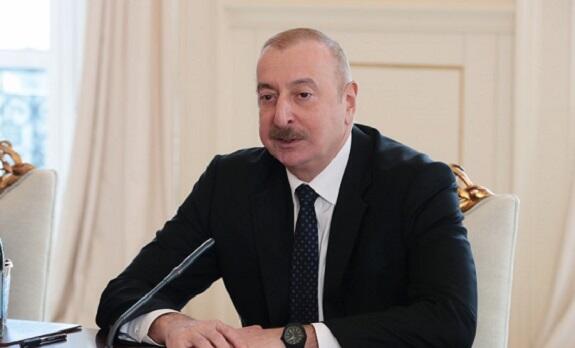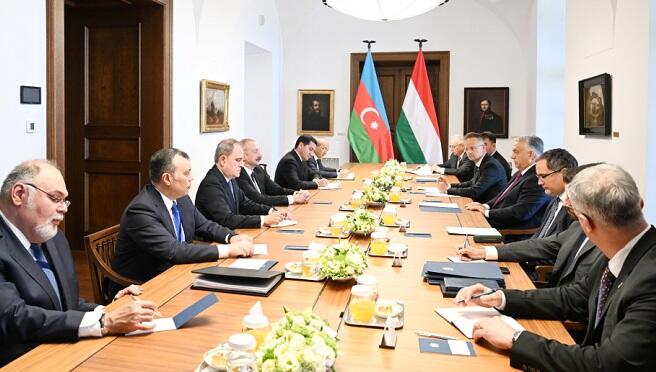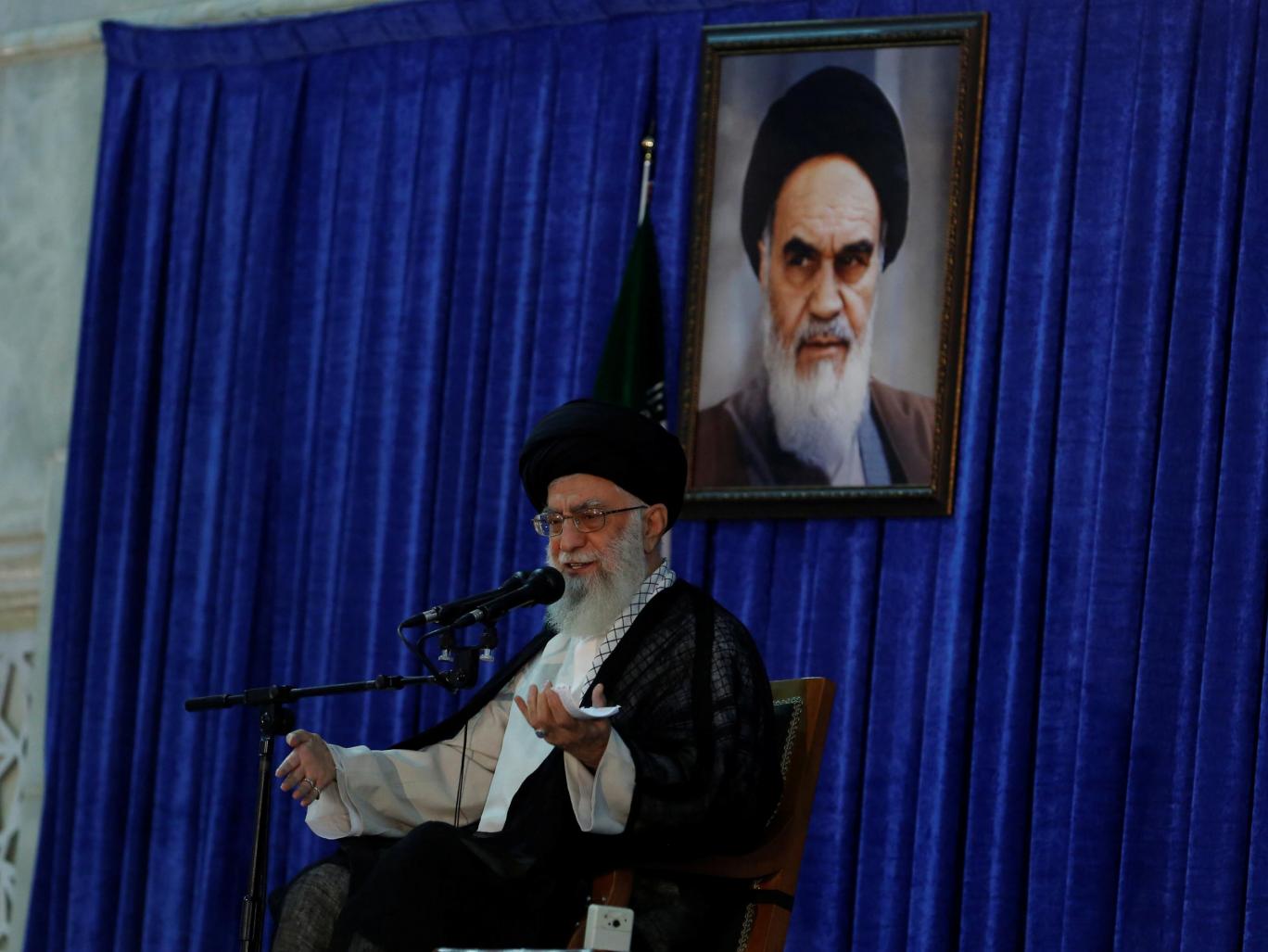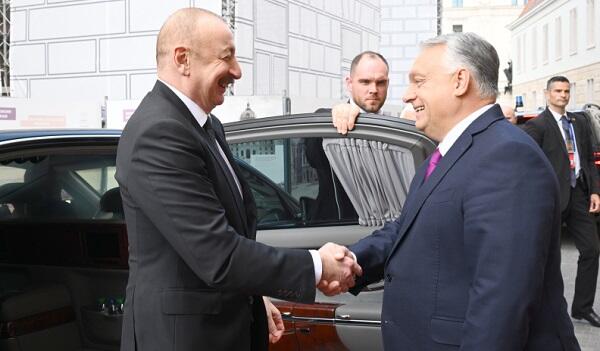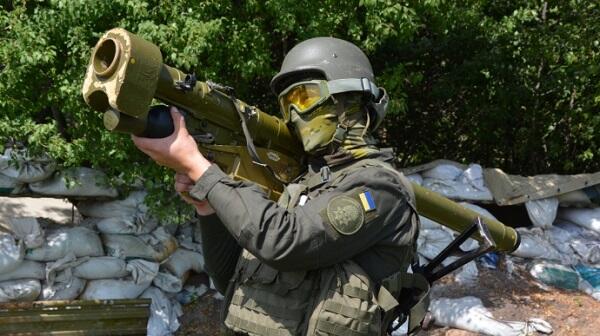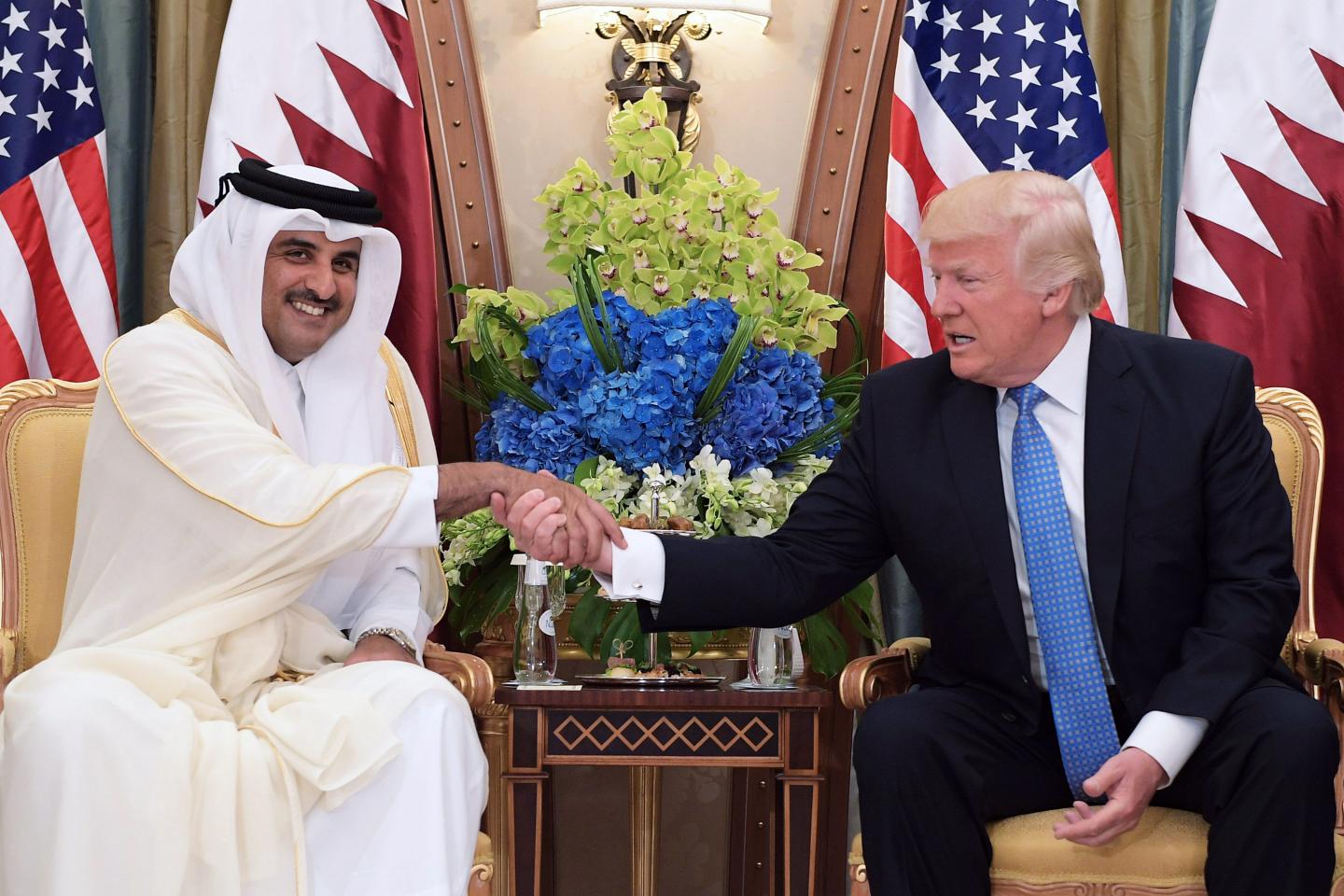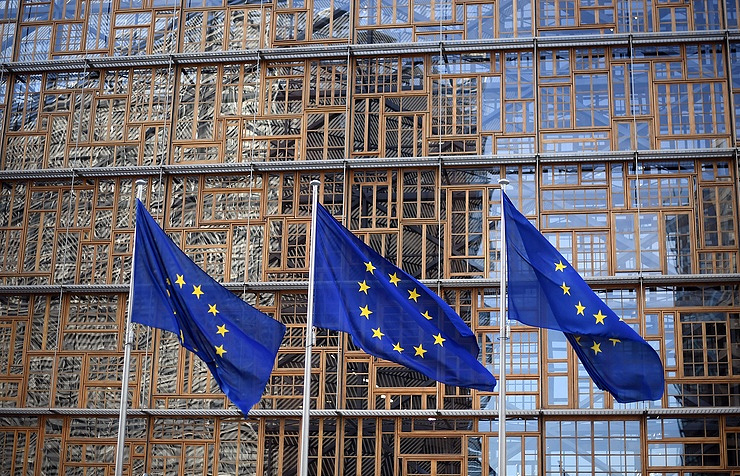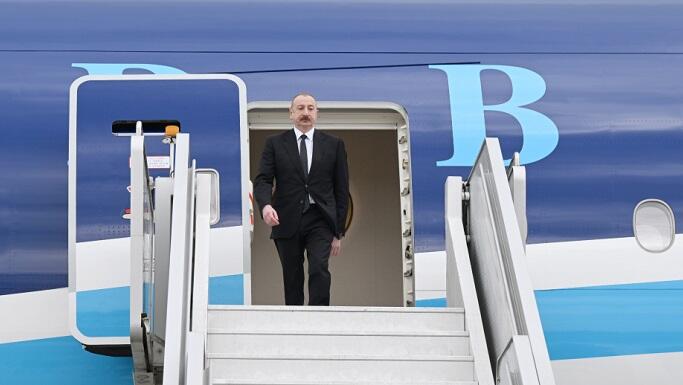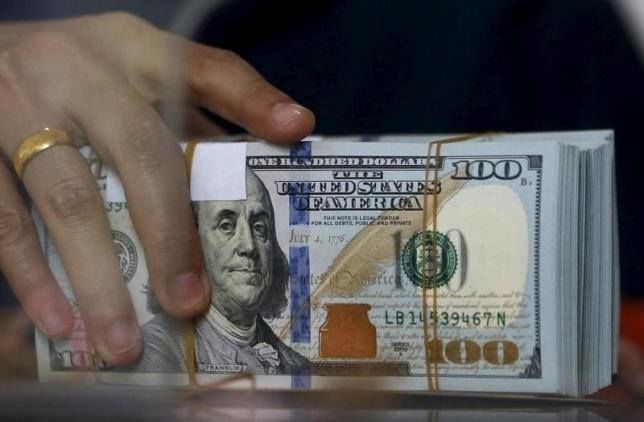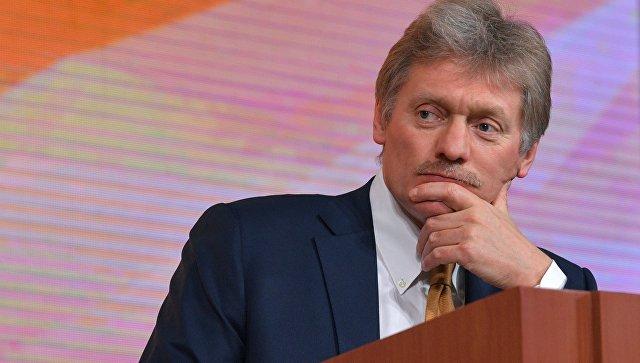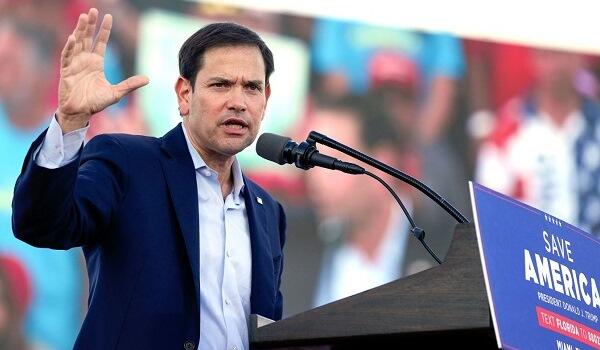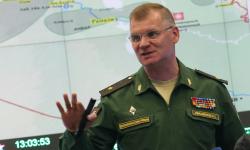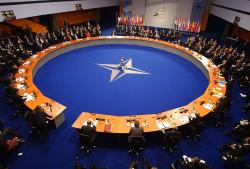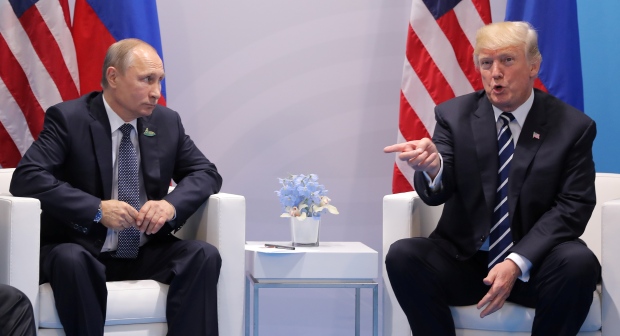So much for Donald Trump’s “force of personality” forcing Russian President Vladimir Putin to prove he wants to end the war in Ukraine.
Axar.az reports, citing CNN, the president’s hyped-up phone call with his Russian counterpart on Monday mostly served to highlight how far away any such breakthrough may be.
And more importantly, looking ahead, it raised new questions about how involved Trump really wants to be and widened transatlantic divisions on ending the war.
Ukraine and its European partners are pushing for a 30-day ceasefire to allow time for talks on a permanent peace agreement to start. Moscow has refused, insisting on talks now on a final deal. Since this process could take months, it looks like a ruse to allow Russia to press ahead with its offensives that are killing innocent civilians.
By announcing after his call with Putin that Ukraine and Russia would now hold talks “as only they can” on a ceasefire and ultimately an end to the war while the fighting rages, Trump sided with his friend in the Kremlin.
Trump also added new ambiguity to an increasingly toothless peace effort on Monday. He did nothing to quell an earlier suggestion by Vice President JD Vance that the US might simply wash its hands if there’s no progress. “I tell you, big egos involved, but I think something’s going to happen. And if it doesn’t, I just back away and they’re going to have to keep going,” the president told reporters in the Oval Office after the call.
Threatening to walk away is a classic dealmaker’s gambit. But given the administration’s extreme skepticism of aiding Ukraine, this might not be a bluff.
Trump also left the impression that the US would play a less direct role while Russia and Ukraine talked. He launched a vague trial balloon that the Vatican and the new American Pope Leo might get involved. Most observers believe that there will be no peace unless America exerts maximum leverage.



